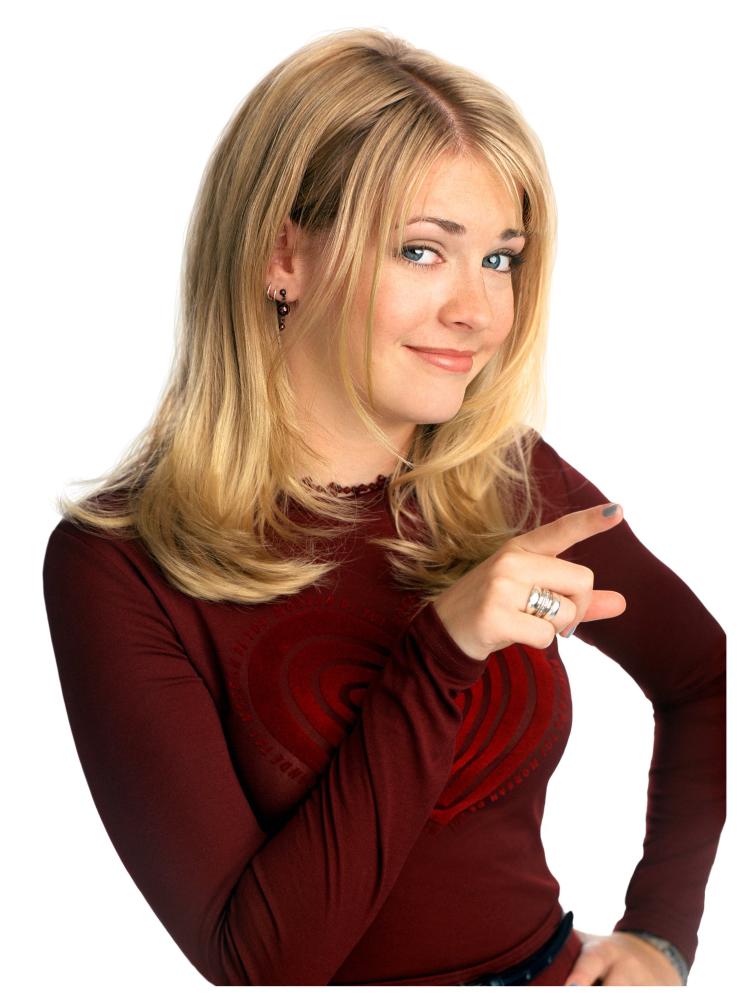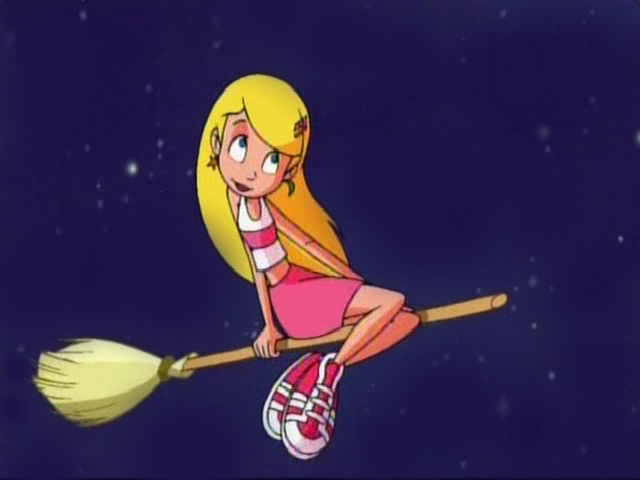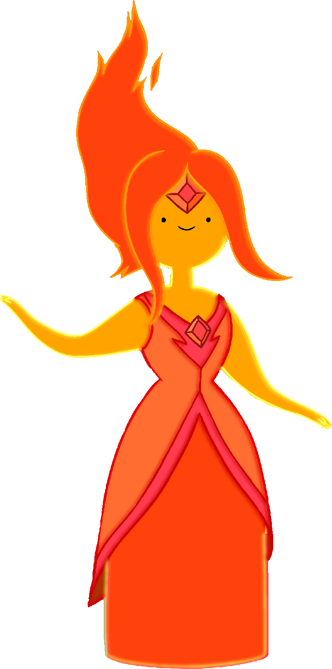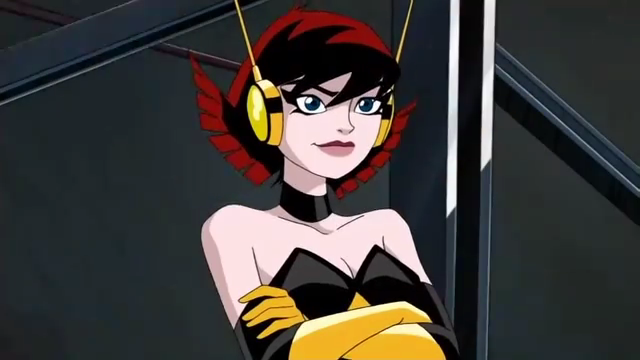What an obnoxious post that has nothing to do with the op.You're watching the equivalent of junk food.
You will find depth of character and less cardboard cutout characters anywhere else but here.
Try a steakhouse once and a while (The short stories of Hemmingway), or a Fish Joint (HMS Surprise - Patrick Obrien), or even an old school dinner theater (Citizen Cane). Perhaps you need something quick. I recommend a local grill with to go orders (The wire season 1, Deadwood). If you absolutely need a sugar fix, try an artisanal ice cream (Black Sad Graphic Novels).
You are using an out of date browser. It may not display this or other websites correctly.
You should upgrade or use an alternative browser.
You should upgrade or use an alternative browser.
I would like to see more moe characters in anme who are strong and "mature".
- Thread starter HolyBaikal
- Start date
- Status
- Not open for further replies.
ãInaba Residentã
Banned
Also a terrible protagonist in S2, but we all knew that already.
The whole season was bad.
Aint Tsunemori's fault though
I feel like that is in and of itself a contradiction. moe are supposed to be weak and innocent, to feed the desire to protect them. You can't have strong and mature moe characters, then they won't be moe anymore.
But I dislike moe greatly anyhow so whatever makes it go away is fine by me.
Edit:
Dirty Pair! I loved that tv show. Yuri was my original anime crush as a kid, and the show was great fun. It's on youtube for free (legally) if anyone wants to watch it. Episode One
But I dislike moe greatly anyhow so whatever makes it go away is fine by me.
Edit:
Just take a trip back in time to the '80s.

Dirty Pair: A two-woman anti-terrorist team who cause more destruction than they solve.
Dirty Pair! I loved that tv show. Yuri was my original anime crush as a kid, and the show was great fun. It's on youtube for free (legally) if anyone wants to watch it. Episode One
HolyBaikal
Banned
:TYou really need to stop talking like you're a 2 year old.
I talk this way because it's how I talk. It's.. it's me. It's who I am and how I like to express myself. It's what makes me happy. It's my self expression.
Talking another way would not be me being myself...
I may have some self esteem problems and other problems. But I'm not going to stop me being myself. I want other people to like me. But me not being true to myself isn't worth it.

:T
I talk this way because it's how I talk. It's.. it's me. It's who I am and how I like to express myself. It's what makes me happy. It's my self expression.
Talking another way would not be me being myself...
I may have some self esteem problems and other problems. But I'm not going to stop me being myself. I want other people to like me. But me not being true to myself isn't worth it.

please don't post pictures of anime toddlers
Mortimer Brewster
Member
I feel like that is in and of itself a contradiction. moe are supposed to be weak and innocent, to feed the desire to protect them. You can't have strong and mature moe characters, then they won't be moe anymore.
But I dislike moe greatly anyhow so whatever makes it go away is fine by me.
In my opinion, when strong and mature are mentioned in connenction with moe, it almost always means ancient god trapped in a 9 year old body.
TetraxShards
Member
What an obnoxious post that has nothing to do with the op.
The condescension is strong, but his point is good.
In what world is a 10-hour TV series like The Wire Season 1 "something quick" though? Ten hours of anything isn't quick.
Owlowiscious
Member
I would like to see more owls in anime.
purple hair, you say?
hmmmmmm?
I would like to see more owls in anime.
I'd like to see more women with big swords and boobs in anime.....wait.
Dr. Kitty Muffins
Member
I prefer the delicate crybaby type myself. It appeals to my protector urges as a man.
FO-totality
Poet Centuriate
I would like to see more owls in anime.
I'd like to see more women with big swords and boobs in anime.....wait.
There aren't enough skeletons in anime :/
RockTurtle
Member
Saber from Fate/Stay Night is serious moe
John Kowalski
Banned
i want soryu asuka back 
I would try but I'm an 8 year old girl.Someone plz protect OP
ãInaba Residentã
Banned
Saber from Fate/Stay Night is serious moe
She's probably the best example of it.
But they don't exist, which is why this thread is created.have some backbone, man!
be like a strong, mature moe character!
I would vote for you, PenPen!No more animu threads
No more Marvel threads
No more Hobbit threads
Vote for Spider 2015, A better NeoGaf, A better tomorrow.
But Misato has purple hair, would OP approve?
Hmmm, she would probably have a lot of things about her that make her cute.
Like, maybe purple hair?

D
Diggeh
Unconfirmed Member
Another one to add to the list.
NeoGAF 2015 is the year of:
NeoGAF 2015 is the year of:
- Creepy OPs that deliver when they shouldn't (voice recording guy, bad pics guy)
- Moe culture threads
watermelons
Banned
I thought Moe just meant cute and child like?
Moe is a slang word with many different, yet similar definitions. Traditionally used to refer to an appeal found in ingenuous characters, and to media that uses aesthetic or narrative patterns that focus on that appeal. It also refers to the emotion we feel when exposed to that appeal, and these feelings can run the gamut from parental or filial affection to sexual attraction.
Chuck Norris
Banned
:T
I talk this way because it's how I talk. It's.. it's me. It's who I am and how I like to express myself. It's what makes me happy. It's my self expression.
Talking another way would not be me being myself...
I may have some self esteem problems and other problems. But I'm not going to stop me being myself. I want other people to like me. But me not being true to myself isn't worth it.

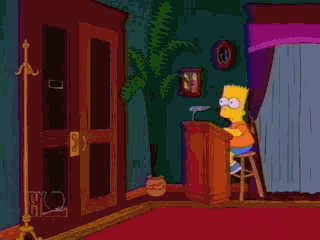
Related to your idea, I think they are a lot of western shows and cartoons that have female characters that fit a lot of typical "moe" aesthetics, while having strong and mature moments.
I was so scared right before I posted this thread. I think there was probably a good reason for that...
I think maybe I made a mistake...
Man, who gives a shit. Just let your heart speak, better than holding this kind of inconsequential stuff in.
air jordans for dogs
Member
ShyGuy0504
Member

Wtf why is this avatar allowed
I see nothing wrong with it.
James Woods
Banned

watermelons
Banned

Wtf why is this avatar allowed
Nothing explicit, right?
ShyGuy0504
Member
Aquamarine
Member
you sure love your watermelons
Crossing Eden
Hello, my name is Yves Guillemot, Vivendi S.A.'s Employee of the Month!
A quick right click and It search for google says that it originates from this. http://www.memecenter.com/fun/4178577/faces-of-ecstasiesI see nothing wrong with it.
Gross....and also the very concept of moe, as in girls, the majority of which act and look like children are at best adolescents, goes against the premise of the OP and I doubt many would take it seriously.
HolyBaikal
Banned
I don't think there's anything wrong with that. They seem like fun and nice people.Also you end up getting people acting like this in public thinking it's cute...
http://www.youtube.com/watch?v=PLmD_69pXpk
I'm sad with how much the internet is bullying them. They didn't do anything to hurt anybody. :<
John Kowalski
Banned
faces of ecstasy :lol
A quick right click and It search for google says that it originates from this. http://www.memecenter.com/fun/4178577/faces-of-ecstasies
Gross....and also the very concept of moe, as in girls, the majority of which act and look like children are at best adolescents, goes against the premise of the OP and I doubt many would take it seriously.
Yeah but where did that image come from
I think that's still - technically sfw? I don't really know. The avatar is anyway, I guess. There's a few people here using avatars from explicitly nsfw sources
It's a fine line, I understand. If it become a problem, I'll change it.
Alligatorjandro
Banned
What
Crash Station
Member

Wtf why is this avatar allowed
Ahegao faces are kosher as long as it's just the face.
Edit: Though some of the other ones in that meme image might be pushing it.
What
Everytime.
Ahegao faces are kosher as long as it's just the face.
*pushes up glasses and snorts*
Um, technically it's only Ahegao if their eyes are rolled up.
Crossing Eden
Hello, my name is Yves Guillemot, Vivendi S.A.'s Employee of the Month!
I'd rather not search for the source of that panel or any of the panels.Yeah but where did that image come from
Those are cartoons, the majority of which lack any hint of sexualization, well, not so coincidentally the ones from that were animated in the east and have an anime style. I mean there's a major difference between a young adult like Anna from Frozen and a little girl in anime, one isn't meant to be pandering and is way less likely to have shit like this.Related to your idea, I think they are a lot of western shows and cartoons that have female characters that fit a lot of typical "moe" aesthetics, while having strong and mature moments.

hipbabboom
Huh? What did I say? Did I screw up again? :(
Nothing explicit, right?
My god! This is absolutely offensive... dear word. Is that avatar doing what I dare not say she's doing? Please forgive me if I sound puritanical but I don't believe I've ever been exposed to something so filthy in plane sight. You may say its not explicit but you are putting all these thoughts into my head by making it so suggestive. I feel and I'm sure everyone on this board as well feels violated. I don't hate you but I feel you've hurt me and I don't know what to do about the pain you've caused
Joyful
Member
My god! This is absolutely offensive... dear word. Is that avatar doing what I dare not say she's doing? Please forgive me if I sound puritanical but I don't believe I've ever been exposed to something so filthy in plane sight. You may say its not explicit but you are putting all these thoughts into my head by making it so suggestive. I feel and I'm sure everyone on this board as well feels violated. I don't hate you but I feel you've hurt me and I don't know what to do about the pain you've caused
stay forever innocent breh
I'd rather not search for the source of that panel or any of the panels.
Those are cartoons, the majority of which lack any hint of sexualization, well, not so coincidentally the ones from that were animated in the east and have an anime style. I mean there's a major difference between a young adult like Anna from Frozen and a little girl in anime, one isn't meant to be pandering and is way less likely to have shit like this.

I actually listened to a screenwriting podcast that featured the writer and co-director of Frozen, and she was talking about how sexy the female characters were considered during production. To be fair, she mostly meant Elsa. You're probably right anyway.
For some reason HolyBakai's name + tag + avatar combo and posting style cracks me up every time.
Seriously, just watch better anime shows. Try something else outside of 'cute'.
And that Furry video.. well, they are weird to me, but they do what they do and don't hurt anyone with that, so I have no issues with it.
Seriously, just watch better anime shows. Try something else outside of 'cute'.
And that Furry video.. well, they are weird to me, but they do what they do and don't hurt anyone with that, so I have no issues with it.
Aquamarine
Member
My god! This is absolutely offensive... dear word. Is that avatar doing what I dare not say she's doing? Please forgive me if I sound puritanical but I don't believe I've ever been exposed to something so filthy in plane sight. You may say its not explicit but you are putting all these thoughts into my head by making it so suggestive. I feel and I'm sure everyone on this board as well feels violated. I don't hate you but I feel you've hurt me and I don't know what to do about the pain you've caused
great impersonation, bruh
Crash Station
Member
Those are cartoons, the majority of which lack any hint of sexualization, well, not so coincidentally the ones from that were animated in the east and have an anime style. I mean there's a major difference between a young adult like Anna from Frozen and a little girl in anime, one isn't meant to be pandering and is way less likely to have shit like this.

What's sexualized about that image? There's probably much better examples you could use.
D
Deleted member 20920
Unconfirmed Member
As the first decade of the 2000s unfolded, moé became increasing popular and recognized, invoking a commercial interest in manufacturing and exploiting moé. As this process occurred, moé evolved from being a non-sexual desire to hug, love, and protect to being a sexually sublimated fascination with cuteness. Moé shifted entirely from a two-way interchange between character and viewer to becoming distinctly a characteristic of particular characters or a focused fetish of viewers. Particularly anime including K-On, Lucky Star, and Moetan deliberately revolved around adorable, whimsical, clumsy, early-adolescent girl characters in order to evoke, enflame, and manipulate the interests and affections of viewers. These characters no longer evoked moé feelings; they were literally moé characters – not characters that naturally and unconsciously evoked a paternal reaction from viewers, but rather characters that were the physical manifestation of the defining characteristics of the moé movement. These girl characters were adorably cute, just a bit sexually appealing, and self-conscious but not yet cynical. They demanded notice and adoration from viewers rather than passively earning adoration and protective feelings.
At the same time moé was hitting its peak and beginning to evolve, it branched off into a parallel variety of moé, the pandering to particular niche fetishes. At least as early as 2002, the G-On Riders television series had consciously featured girls who wore glasses, to appeal to the “meganekko” fans, but the trend became more pronounced beginning in 2005 with anime that focused on satisfying one particular viewer obsession, for example: Kore ga Watashi no Goshujin-sama (moé for French maid outfits), Strike Witches (military moé), Higurashi no Naku Koro ni (yandere moé), Mayoi Neko Overrun (waitress uniform moé), Macademy Washoi & Asobi ni Ikuyo (nekomimi moé), and Upotte! (assault rifle moé).
—John Oppliger, "Ask John: What Are the Defining Moé Anime?", 28 May 2012[20]
I think this short quote highlights the problem with how "moe" has changed over the years. It used to be an elicited feeling that a viewer can get from any kind of character into the current phenomenon of personifying moe-ness. I think what the OP is looking for exists but they won't be moe characters anymore, just characters who sometimes do things that makes you go "oh that was cute and adorable" rather than view them as "moe characters".
- Status
- Not open for further replies.



